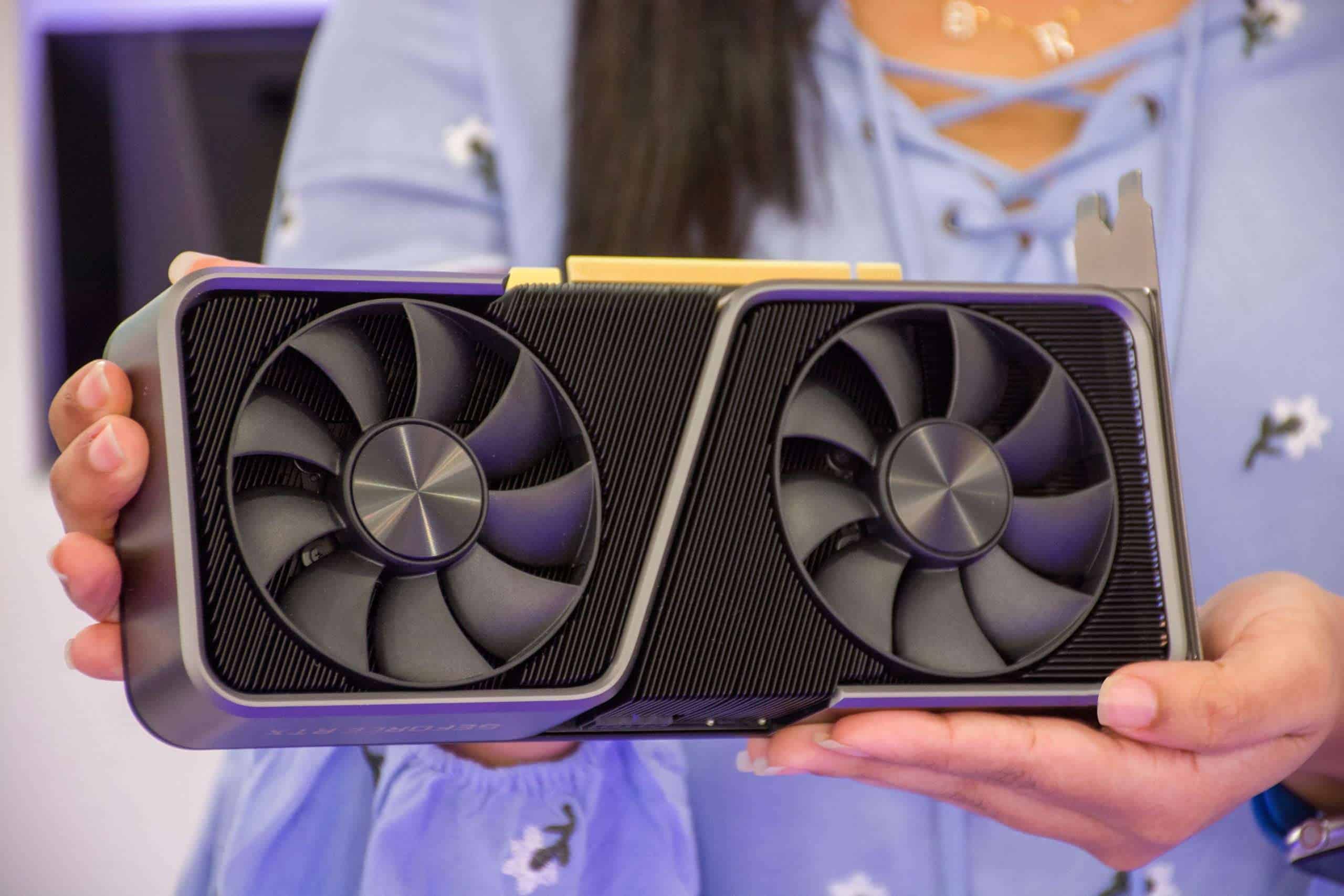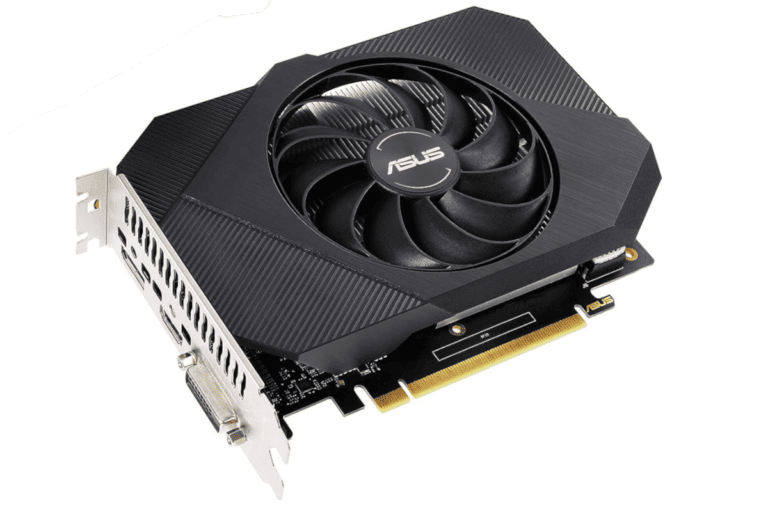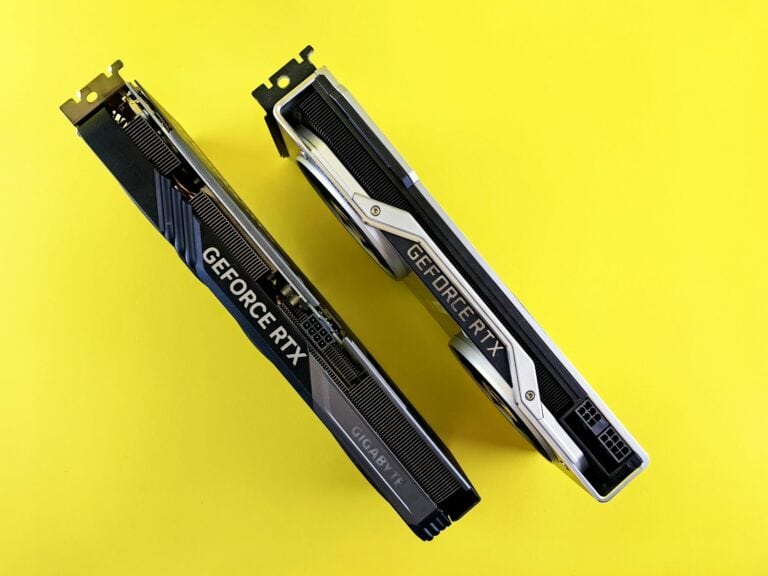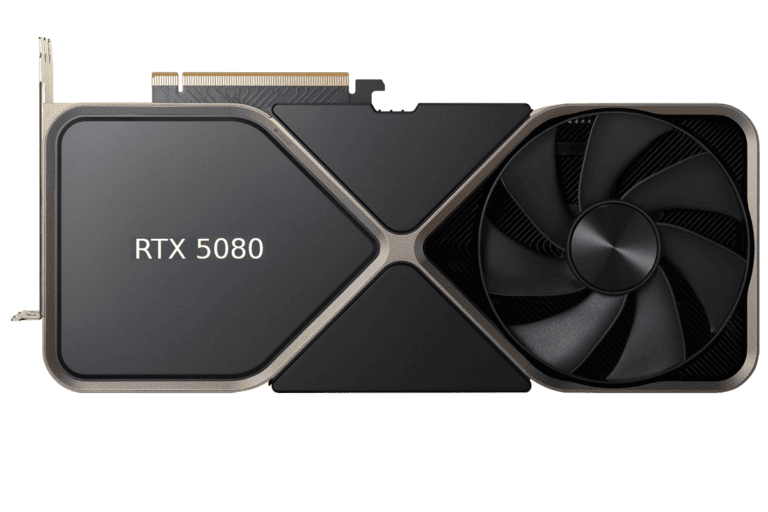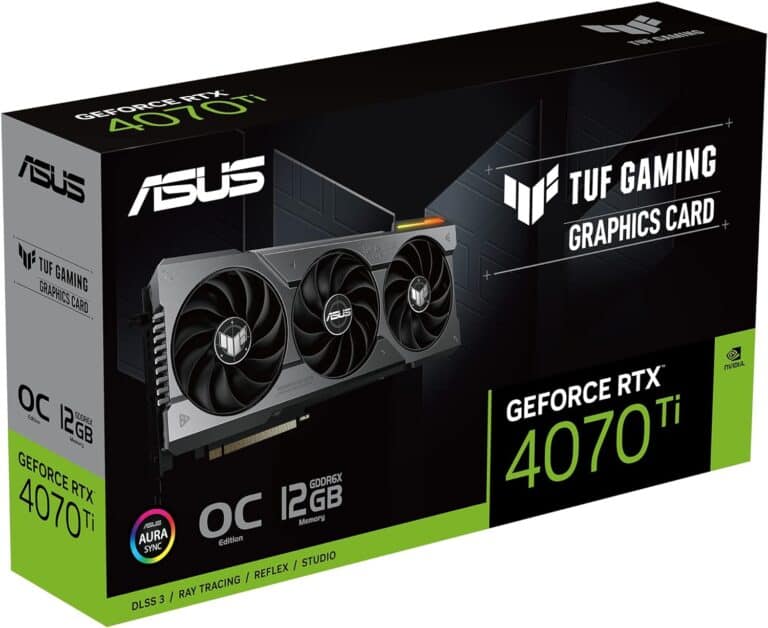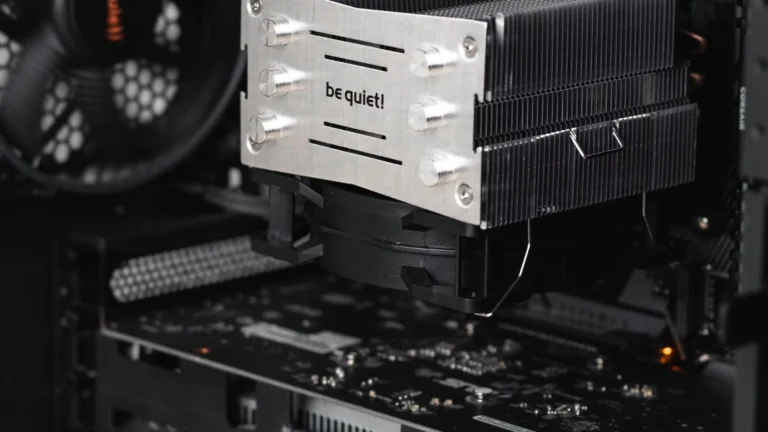Graphics cards play a vital role in the visual processing of a computer, particularly when it comes to gaming, video editing, and running graphic-intensive applications. However, like any other component, graphics cards have a limited lifespan. Knowing the warning signs of a failing graphics card can help you avoid unexpected disruptions and data loss. This article brings together insights from different online forums and tech experts to help you identify the symptoms of a dying graphics card.
Warning Signs of a Dying Graphics Card
| Sign | Description | Possible Causes (Besides Dying GPU) | Additional Notes |
|---|---|---|---|
| Performance Issues: | – Stuttering or lag in games and other graphically demanding applications. | – Outdated software / drivers. – CPU bottleneck. – Insufficient RAM. | Consider running benchmarks to compare performance to expected levels. |
| Visual Glitches: | – Screen tearing, flickering, or artifacts (weird shapes, colors, or patterns). | – Overclocking issues. – Damaged cables. – Faulty monitor. | Glitches may appear in games, videos, or even on the desktop. |
| Frequent Crashes: | – System crashes or reboots, especially during graphically demanding tasks. | – Overheating. – Software conflicts. – Corrupted system files. | Monitor crash logs for specific errors. |
| Excessive Heat: | – Unusually high fan noise or temperatures coming from the graphics card. | – Dust buildup in the case or on the heatsink. – Inadequate cooling system. | Regularly clean your PC and monitor temperatures. |
| Display Issues: | – No signal to the monitor or distorted visuals. | – Loose cable connections. – Faulty monitor port. | Try different cables and ports to isolate the issue. |
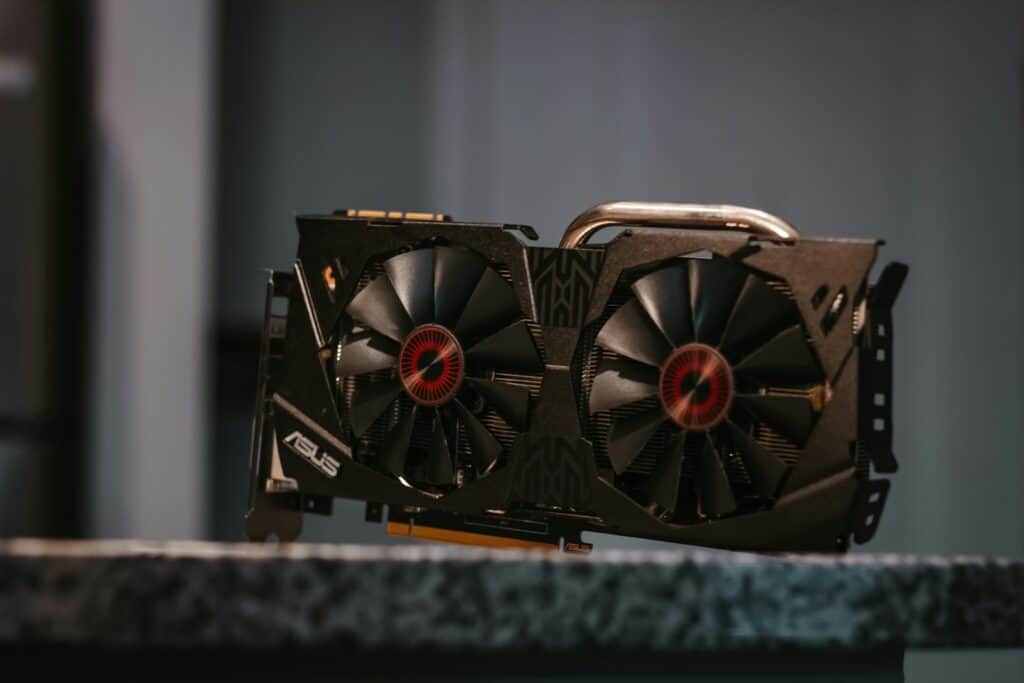
Important Note: While these signs can be indicative of a dying graphics card, they can also be caused by other hardware or software issues. It’s important to troubleshoot thoroughly before assuming your GPU is failing. Consider updating drivers, monitoring temperatures, and checking for software conflicts before taking further action. Consulting a technician for diagnosis might be helpful if the problem persists.
Understanding the Lifeline of Your Graphics Card
Recognizing the Early Signs
1. Frequent Crashes and Instability
Frequent system crashes and instability are common red flags indicating potential GPU issues. When your computer unexpectedly freezes or encounters the Blue Screen of Death (BSOD) during graphically intensive tasks, it’s often a sign that the graphics card is struggling to cope. These symptoms can arise from overheating, driver conflicts, or physical hardware failure. Paying attention to these crashes, especially their frequency and patterns, can be crucial in early detection of GPU problems
- System Freezes: Sudden system freezes, especially during graphically demanding tasks, can indicate GPU issues.
- Blue Screen of Death (BSOD): Regular BSODs while running graphics-heavy applications suggest GPU problems.
2. Visual Glitches and Artifacts
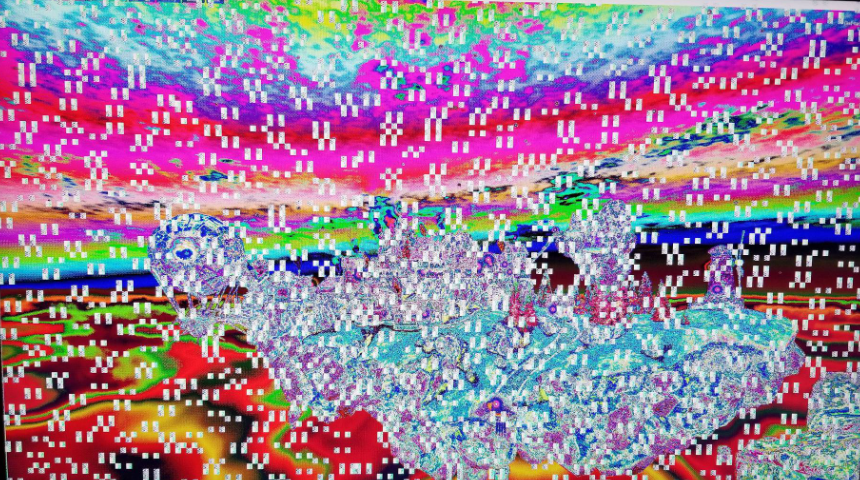
Visual anomalies are telltale signs of a graphics card that is starting to fail. Screen tearing, where the display shows disjointed sections, and artifacts, like strange colors or shapes appearing on the screen, often point to the GPU failing to render images correctly. These issues can stem from overheating, inadequate power supply, or physical damage to the card. Consistent visual problems during gaming or video playback are indications that your GPU may be nearing its end.
Stuttering, dropped frames, or a loss of detail could be signs of a malfunctioning GPU. To rule out other issues, it’s a good idea to look at other variables first, such as software updates, CPU performance, and memory consumption. Graphics cards produce a lot of heat, especially under demanding conditions.
- Screen Tearing and Distortions: Unusual screen behaviors like tearing or strange color patterns often signal GPU failure.
- Texture Pop-ins and Rendering Issues: Delayed or incorrect texture rendering in games can be a sign of GPU stress.
3. Overheating and Fan Noise
Overheating is a critical warning sign of a dying graphics card. GPUs generate heat, but excessive temperatures can indicate that the card is overworking, often due to age or dust buildup. Accompanying this, you might notice the GPU’s cooling fans running louder or more frequently than normal. This is the card’s attempt to cool itself down, and persistent overheating despite proper cooling can signal impending GPU failure.
- Increased Heat Output: GPUs tend to get hot, but excessive heat might indicate it’s working too hard.
- Loud Fan Noises: If the GPU fan is consistently louder, it might be trying to compensate for overheating.
4. Performance Degradation
A gradual decline in graphics performance, especially noticeable in gaming or running graphics-heavy applications, can be a symptom of GPU degradation. Reduced frame rates, delayed rendering, and struggles with tasks that were previously handled with ease are indicative of a GPU that’s losing its efficiency. If your system fails to keep up with the graphical demands it once managed smoothly, it might be time to assess your graphics card’s health.
- Lower Frame Rates: If your previously smooth-running games are lagging, it could be due to GPU deterioration.
- Poor Benchmark Results: Failing benchmark tests are a clear indicator of GPU health issues.

Diagnosing the Problem
1. Checking GPU Health
Regularly monitoring your GPU’s health can preempt many problems. Utilizing diagnostic software tools like GPU-Z or MSI Afterburner helps in keeping an eye on the card’s temperature, usage, and overall performance. Running benchmark tests using tools like 3DMark or FurMark also helps in assessing the GPU’s capability and stability under load. These tests can reveal underlying issues that might not be apparent during regular usage.
- Software Diagnostics: Use programs like GPU-Z or MSI Afterburner to monitor GPU health and temperatures.
- Benchmark Tests: Tools like 3DMark or FurMark can push your GPU to its limits and identify potential failures.
2. Inspecting Hardware
A physical inspection of the GPU can uncover issues like dust accumulation, fan malfunctions, or visible damage to the card. Sometimes, the solution can be as simple as cleaning the card or ensuring that it’s properly seated in its PCI slot. Physical checks can also reveal more serious problems, such as damaged capacitors or burn marks, which are clear indicators of a failing graphics card.
- Physical Check: Look for any visible damage, burn marks, or bloated capacitors on the GPU.
- Re-seating the GPU: Sometimes, simply removing and correctly re-installing the GPU can solve connection issues.
3. Updating Drivers
Graphics drivers are crucial for optimal GPU performance. Outdated or corrupt drivers can lead to a host of issues, including crashes, poor performance, and visual glitches. Regularly updating your graphics drivers ensures compatibility with the latest games and applications and can sometimes resolve underlying performance issues. It’s important to source drivers directly from the GPU manufacturer’s website for reliable and accurate updates.
- Driver Updates: Outdated or corrupt drivers can cause many issues. Ensure you have the latest drivers installed.
When to Consider Replacement
Deciding when to replace a graphics card depends on several factors. If troubleshooting steps fail to resolve ongoing issues, it might be time for a new GPU. Additionally, as technology advances, older graphics cards may not keep up with the latest software and gaming requirements. Upgrading to a newer model can be a proactive step towards ensuring smooth performance and future-proofing your system.
1. Unresolved Issues After Troubleshooting
- If the issues persist despite trying all troubleshooting steps, it might be time for a replacement.
2. Better Performance Needs
- Upgrading to a more powerful GPU can be a proactive decision for enhanced performance.
3. Aging Hardware
- Consider the age of your GPU. Older models might not keep up with the latest technological demands.
Additional Insights from Online Communities
Online tech communities like Reddit and various forums offer valuable real-world insights into GPU issues. Users often share their personal experiences with graphics card failures, providing practical advice and solutions. These platforms are also great for seeking technical help and can be a source of comfort and support when dealing with the frustrations of hardware problems.
Reddit and other tech forums provide real-world experiences and solutions from users who have faced similar issues. These platforms offer a wealth of knowledge and can be invaluable in diagnosing GPU problems.
Reddit Discussions
- User Experiences: Many users share their experiences with GPU failures, offering insights into common symptoms and solutions.
- Technical Advice: Expert users often provide detailed advice on troubleshooting and repairs.
Community Support
Engaging with online communities can be incredibly beneficial. Not only do these platforms provide a wealth of knowledge and experience, but they also offer a sense of camaraderie. Troubleshooting can be a complex and daunting task, and having a supportive community to turn to can make the process less overwhelming. Whether it’s seeking advice, sharing experiences, or just venting frustrations, community support can be a valuable resource in navigating GPU issues.
- Engaging in these communities can also offer emotional support, as dealing with hardware failure can be frustrating.
Conclusion
Recognizing the warning signs of a dying graphics card is crucial for maintaining the health of your PC. Regular monitoring, proper maintenance, and being informed can help you make timely decisions about repairing or replacing your GPU.
Remember, technology is ever-evolving, and staying updated with the latest advancements can also guide you in keeping your system at its best.

